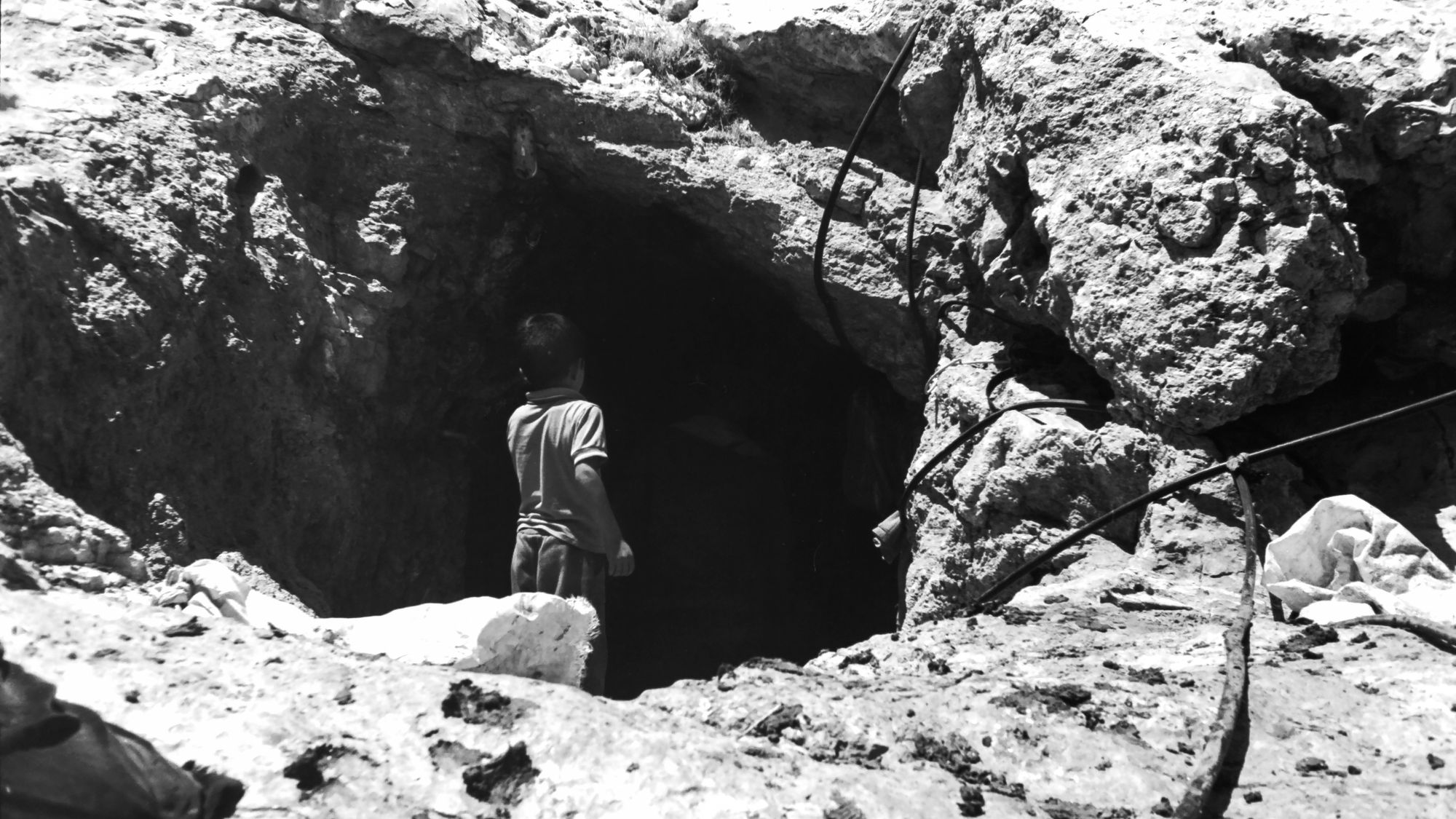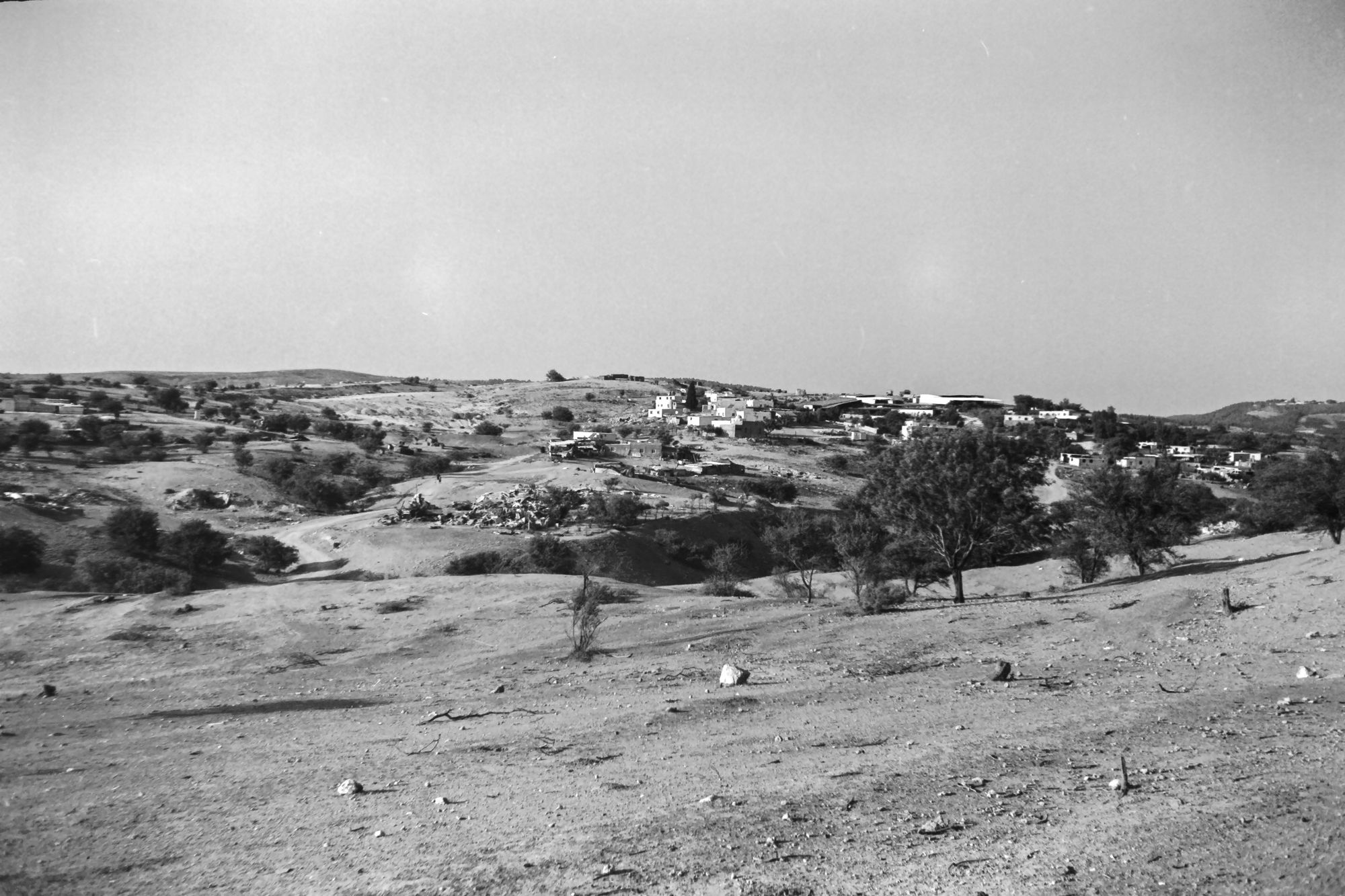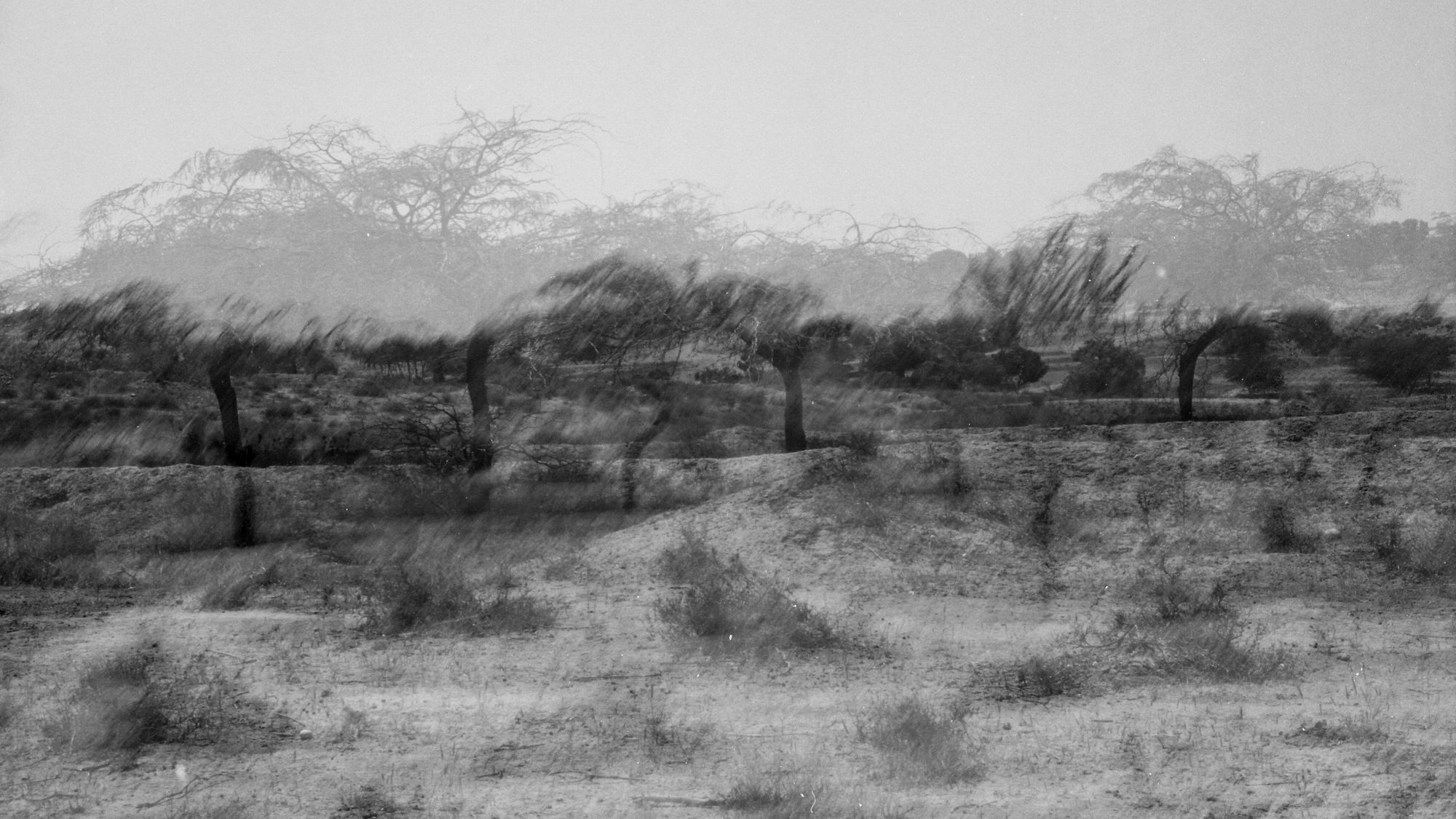Muhammad Al-Asibi, 26 years old, died on Friday night, 31 March, after being shot by the Jerusalem District Police next to one of the gates of the Al-Aqsa Mosque compound. Shockingly, Al-Asibi’s death is just one of over 90 Palestinian fatalities that have occurred since the start of this year alone, resulting in an alarming death toll set to surpass last year’s data soon. Yet, the circumstances surrounding Al-Asibi’s death highlight the entrenched politics of unseeing that operate within the context of Israel’s settler colonialism.
The police claim that the victim had attempted to steal a police officer’s weapon. However, eyewitnesses dispute this account, arguing instead that he was shot multiple times at close range after confronting the police about their mistreatment of a veiled woman worshipper at the scene. However, no video recordings of the incident were made available as the police officers involved did not have their body cameras activated. The police explanation that the area where the incident occurred was a blind spot in the CCTV system has sparked controversy as Jerusalem’s Old City is blanketed with cameras that have been exponentially installed since 2014. An investigation by Forensic Architecture has thoroughly exposed the contradictory statement.
The Israeli police have a history of making similar claims in situations where their actions have been called into question. In a striking temporal parallel to the George Floyd case that shook the United States, on the morning of 30 May, 2020, 31-year-old Eyad Al-Hallaq was shot dead by Israeli police while on his way to his special-needs school. According to the reconstruction of the event, Al-Hallaq, who was autistic, was unable to understand orders to halt and subsequently fled, taking refuge in the roofless garbage room near Lions Gate where he was eventually killed. Despite more than ten cameras located in the vicinity, the police denied the presence of any footage as the cameras were allegedly non-functional.
In the case of Muhammad Al-Asibi, like that of Eyad Al-Hallaq, the victim’s background defies the typical “terrorist profile” narrative employed by the Israeli security establishment to cover up extra-judicial killings. He was an Israeli citizen and just as over 60% of Israeli youths who embark on a career in medicine, he had chosen to pursue his education in Europe and he had just completed his programme. He was not, however, like any other Israeli citizen. He was a Bedouin of the city of Hura, in the Northern Negev/Naqab. Medicine is the second most chosen sector of higher education among Bedouin youths in Israel.

Since 1948, the Bedouin population that remained in the Negev/Naqab region was relocated by the newly established State of Israel to the Sayeg area east of Beersheba and placed under military administrative government, similar to the Palestinian population that remained in Israel (or 48), and they were granted Israeli citizenship. When the military rule ended in 1966, the Israeli government continued to pressure Bedouin communities to abandon their traditional dryland farming practices and resettle in urban areas known as “concentration towns”.
However, many Bedouins refused to give up their ancestral lands and resisted relocation. Despite resistance, the policy of forced urbanization proved to be partially successful, and between 1969 and 1990, seven Bedouin townships were established in the Negev/Naqab. Hura was one of them. Established in 1989 on ancestral lands of the Al-Atawneh tribe, Hura currently accommodates over 20,000 inhabitants from various tribes, including Abu Al-Kian, Al-Atawneh, Al-Nabari, and smaller sub-tribes.
Interestingly, the hometown of Muhammad Al-Asibi, Hura, indeed, stands out as one of the few cities in the Negev/Naqab region to have participated in the “City Without Violence” governmental program in 2013. This initiative aimed to establish municipal surveillance centres to monitor a network of CCTV cameras operating 24/7. Unlike other Bedouin towns that participated in the program, the Hura municipal council took an extra step by raising additional funds from private donors to consult experts and build a sophisticated CCTV network. Moreover, unlike other towns, Hura decided not to connect its CCTV network to the nearby Dimona surveillance centre but to build its own surveillance centre instead. It comes as a twist of fate, then, that a community that chose to rely on the state urban surveillance programme to increase their safety is being failed by that very same surveillance policy in establishing what happened to one of their youths who found his death while visiting Al-Aqsa mosque.
There are several reasons why the residents of Hura decided to establish their own surveillance centre, as brilliantly explained by the article by Lichinitzer and Snir. Firstly, the absence of police presence in Palestinian-majority areas throughout Israel has resulted in micro-criminality going unpunished. The CCTV system was therefore a way for the residents of Hura to regain their visibility and improve safety in their community. However, they did not want the system to become a tool for the Israeli police to use against them. Due to concerns about potential misunderstandings or manipulation of information on screen due to alleged cultural differences, the municipal council decided to build their own surveillance centre. As Lichinitzer and Snir concluded, “the Hura Bedouins exerted agency in relation to state authorities, taking part in reconfiguring urban space and compelling the state to supervise and negotiate law enforcement in town”.

The Bedouin residents of Hura are acutely aware of how the Israeli settler-colonial state selectively chooses to see and not to see. One of the major tribes residing in Hura, Abu Al-Kian, hails from Wadi Atir, an area of the Northern Negev/Naqab just south of the Green Line. Some members of the tribe continue to reside in the non-recognized villages of Umm al-Hiran and Atir, steadfastly remaining on their ancestral land rather than relocating to Hura. Despite being full Israeli citizens and some even having served in the Israeli Army, they live without basic necessities such as water and sewage systems, and have no access to education, healthcare, or transportation due to the lack of an urban plan for their villages.
Moreover, their villages are continuously subjected to demolitions. In January 2017, Yaqub Musa Abu Al-Kian was shot and killed by the Israeli police during one of these demolitions’ raids in Umm Al-Hiran. For years, this was presented as the response to a terror attack attempted by the victim who allegedly took his car to run into the police officers present at the scene. In 2019, however, an investigation by Forensic Architecture revealed inconsistencies in the police account and demonstrated that Al-Kian lost control of his car after being shot for no reason by the police, ultimately resulting in his death.
In conclusion, this story unveils the intricate politics of unseeing upon which the Israeli regime, as a settler-colonial state, relies heavily to maintain its power and control over Palestinian communities. This politics of unseeing refers to the deliberate erasure and invisibilisation of the Palestinian people and their history, as well as the denial of their rights to their own land and sovereignty and how this, in turn, inform the active politics of selectively seeing and not seeing exercised by the State of Israel.
At the heart of this politics of unseeing is the complex system of surveillance and control that Israel has established, which places Palestinians as the prime target to be monitored. This system creates a perfect panopticon that sees everyone without being seen, allowing for the convenient alleged unavailability of footage despite the high number of cameras in place. Moreover, this surveillance and control system is self-disciplining, as demonstrated by the self-surveillance program in Al-Asibi’s hometown of Hura, which was installed to regain visibility in the eyes of the Israeli law enforcement which actively neglects Palestinian-populated areas while also asserting Bedouin agency over the abusive law enforcement.
Finally, and yet most importantly, the politics of unseeing of Israel are those that underpin the entire settler-colonial project and that respond to the logic of elimination of the native. It is the politics of unseeing that inform the terra nullius argument – i.e. claiming the land was without people for a people without a land or declaring all evicted property “Absentee” as was done in the aftermath of the Nakba – and deny any belonging of the Palestinians to the land, as epitomised by the case of Umm Al-Hiran and the dozens of other non-recognised villages of the Negev/Naqab. It is the same politics of unseeing that makes Palestinian lives expendable, and their surveillance exclusionary, and thus aimed at denying their humanity and not at defending their lives as any other Israeli citizen.
Despite not being seen as full Israeli citizens, they are not seen as Palestinians either, since “Palestinians simply do not exist,” as the current government has publicly affirmed, embodying the epitome of the politics of unseeing. A recent poll on the anti-government protests revealed that even the pro-“democracy” opposition to the very same government agrees: 48% of the interviewees, regardless of the political leaning, affirmed there is no such thing as a Palestinian people.
We can turn a blind eye to the story of Muhammad Al-Asibi, who, like many Israeli youths, was about to start his life as a doctor and join the ranks of the many Palestinians who serve in the Israeli health system. We can forget his name and face as he is just one of the 90 Palestinians killed this year, and many months are yet to come. But as we acknowledge the politics of unseeing of the Israeli regime, we cannot continue ignoring the Palestinian plight and fail to see the reality on the ground for what it is, from the River Jordan to the Mediterranean Sea.

